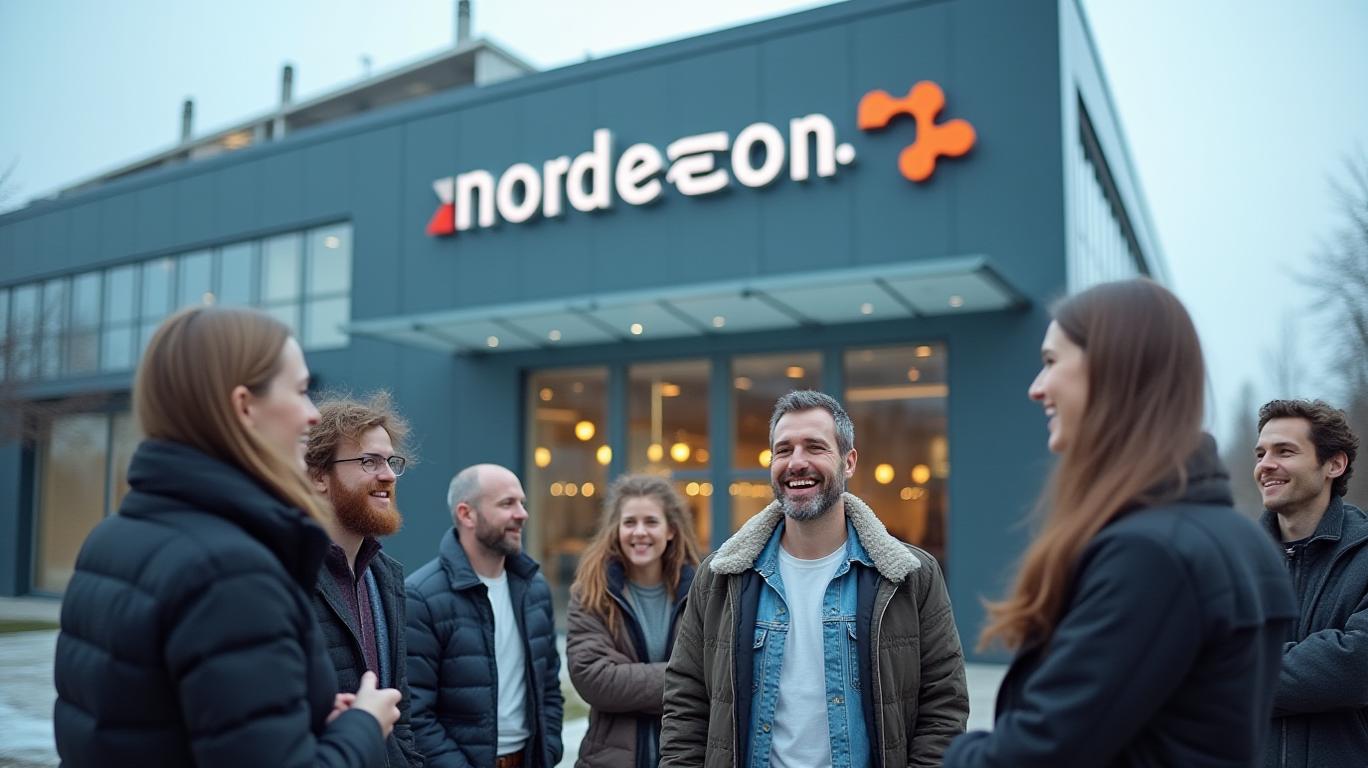Nordex SE: A Wind of Change in Ownership and Strategy
Nordex SE (ETR:NDX1), a leading manufacturer of onshore wind turbines, operates under a unique ownership structure where public companies hold 47% of its shares, with the remaining 28% owned by individual investors. This concentration of institutional power—led by Acciona, S.A.—has significant implications for the company’s strategic direction and investor sentiment. Here’s what the data reveals.
The 47% Elephant in the Room: Acciona’s Dominance
The largest single shareholder is Acciona, S.A., a Spanish multinational infrastructure and renewable energy conglomerate. Acciona’s 47% stake positions it as a de facto strategic partner, capable of influencing major decisions, such as capital allocation, M&A activity, or geographic expansion. This concentration contrasts with the 28% held by retail investors, who may have less sway over corporate governance.
Acciona’s ownership underscores its long-term commitment to wind energy. The company has historically invested in Nordex to bolster its renewable energy portfolio, a strategy that aligns with global decarbonization goals. However, this dependency also creates risk: Nordex’s performance is now closely tied to Acciona’s broader business priorities.

Institutional Investors: A Mixed Bag of Support
Beyond Acciona, Nordex’s top institutional holders include ETFs and funds focused on clean energy, international equities, and small-cap opportunities. Key players include:
- BlackRock’s iShares Global Clean Energy ETF (4.2% stake),
- Goldman Sachs’ International Small Cap Insights Fund (0.18% stake), and
- Vanguard’s Total International Stock Index Fund (0.76% stake).
These funds’ presence reflects Nordex’s inclusion in thematic and broad-market indices. However, recent moves by some institutions signal shifting sentiment. For example, BlackRock reduced its position by 26.7% in early 2025, while Dimensional Fund Advisors increased its stake by 325%—a divergence that highlights sector-specific opportunities and risks.
Financial Performance: Winds in Favor
Nordex’s Q1 2025 results provide context for its ownership dynamics. The company reported:
- €80 million in EBITDA (5.5% margin), up 52% YoY,
- A €13.5 billion order backlog, and
- Positive €4 million free cash flow, reversing a net outflow of €254 million in Q1 2024.
These metrics suggest operational resilience, driven by strong demand for onshore wind solutions in Europe and emerging markets. The stock’s price rose 8% year-on-year through May 2024, though volatility persists due to macroeconomic uncertainty and subsidy policy changes.
Risks and Considerations
While Nordex’s growth narrative is compelling, its ownership structure introduces specific risks:
1. Dependency on Acciona: A strategic shift at Acciona—such as a pivot to solar or battery storage—could reduce support for Nordex.
2. ETF Flows: Clean energy ETFs like iShares’ Global Clean Energy ETF (ICLN) may rotate out of wind stocks if investors favor newer technologies like hydrogen or floating offshore wind.
3. Small-Cap Volatility: Nordex’s classification as a small-cap (market cap: ~€1.2 billion) exposes it to broader equity market swings, as seen in the 31.7% reduction by Vanguard’s Developed Markets fund in Q1 2025.
Conclusion: A Steady Wind, But Monitor the Storms
Nordex SE’s ownership structure is both its strength and vulnerability. Acciona’s 47% stake provides strategic stability and access to capital, while institutional investors’ thematic allocations signal long-term optimism about wind energy. However, investors must weigh these positives against sector-specific risks, such as policy shifts and competition from larger rivals like Vestas (VWS.CO).
The 5.5% EBITDA margin and robust order book suggest Nordex can navigate current challenges, but its stock price performance will hinge on two key factors:
1. Acciona’s strategic alignment with wind energy growth, and
2. ETF flows into clean energy indices, which account for nearly half of Nordex’s institutional ownership.
For now, Nordex remains a sector darling, but investors should stay alert to shifts in its ownership landscape.
In a market where wind energy is both a climate necessity and a competitive battleground, Nordex’s path forward depends on balancing the influence of its major shareholders with the demands of a fast-evolving industry.


_442a2dcc1749832873286.jpeg)
_e68fac6d1749831664430.jpeg)






